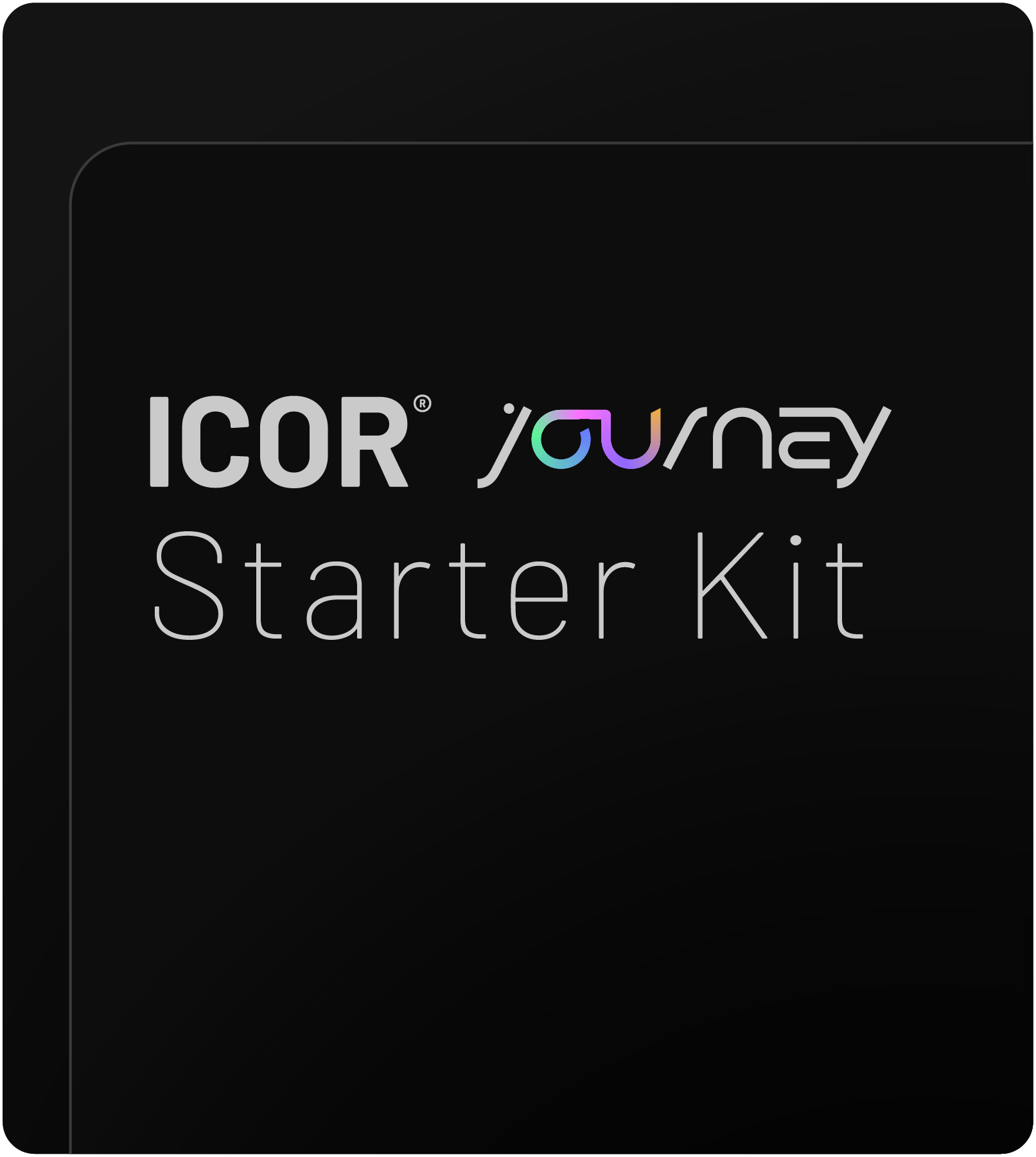Spending hours in back-to-back meetings might feel like “just part of the job,” but for many Busy Professionals, it’s become a major obstacle to productivity. With over 11 hours a week lost to meetings—and 61% of that time being unproductive—it’s clear that the real issue isn’t our calendars, but the way we communicate. When every project update, clarification, or decision defaults to a meeting, we sacrifice focus, momentum, and energy. Fortunately, there’s a better way.
The Real Cost of Meetings
The average professional now spends over a quarter of their week in meetings. What’s worse is that this time often leads to more meetings rather than actual progress. A lack of structure results in endless cycles of catch-ups, syncs, and follow-ups—driven by real-time communication habits that disrupt deep work. Each unnecessary meeting not only eats into your workday, but also forces your brain to repeatedly reorient itself, reducing cognitive efficiency by up to 40%.
This isn’t just a productivity drain. It’s a serious financial issue—costing companies up to $29,000 per employee every year. With 78% of workers feeling they attend so many meetings that it’s hard to get their actual work done, it’s clear we’re dealing with more than poor scheduling. We’re dealing with a broken communication system.
Why Interrupt-Driven Communication Fails
Most teams operate on interrupt-driven communication: got a question? Ask it now. Need a decision? Schedule a meeting. While this approach may feel fast, it creates constant context switching that keeps professionals stuck in shallow work.
Without a structured method for asynchronous communication, teams default to synchronous meetings simply because it’s the only way they trust decisions and updates to flow. But this leads to a culture where discussing the work overshadows actually doing it. Breaking out of this pattern requires a radical shift in how teams communicate—and that’s where the ICOR® framework comes in.
The ICOR® Solution: Team Communication System
The ICOR® Team Communication System introduces three protocols that drastically reduce meeting overload while maintaining team alignment.
1. Communication Channels Protocol
Establish a hierarchy for how communication should flow:
- Email or project management comments first: These are non-intrusive, allow for full context, and provide a digital paper trail.
- Messaging second: Use predefined response timeframes and visual indicators (e.g., an orange dot for “reply when free,” a red dot for urgent issues) to protect focus time.
- Phone calls or video meetings last: Reserve these for truly complex discussions that can’t be handled asynchronously.
By clearly defining communication tiers, you ensure urgent matters are handled appropriately while maintaining productivity.
2. Agenda Meeting Protocol
Replace scattered syncs with a single, weekly Agenda Meeting. Team members add discussion points to a shared agenda inside your project management system throughout the week. This prevents ad-hoc meetings and ensures everyone comes prepared, making the one weekly meeting highly focused and productive.
3. Single Source of Truth (SSOT)
When all project updates, task discussions, and decisions live in your project management tool, the need for status meetings disappears. With structured workflows like a “To Review” status, feedback happens directly on the task—no Zoom calls required. Your SSOT becomes the conversation hub, eliminating confusion and redundant meetings.
Take Back Your Time
Implementing these protocols doesn’t just free up your calendar—it transforms how your team operates. You reclaim 5–6 hours a week. Your team moves from reactive mode into high-efficiency execution. And you eliminate the chaotic context switching that drains cognitive energy.
We invite you to get full access to the complete implementation of the ICOR® Team Communication System inside the Paperless Movement® Membership. You’ll learn how to master asynchronous collaboration with end-to-end systems for Note-Taking, Personal Knowledge Management, Task Management, and Project Management—all designed for Busy Professionals.
If you want to take it even further, check out the Email Management Course and other powerful productivity training designed specifically for those who want to get more done with less stress.




